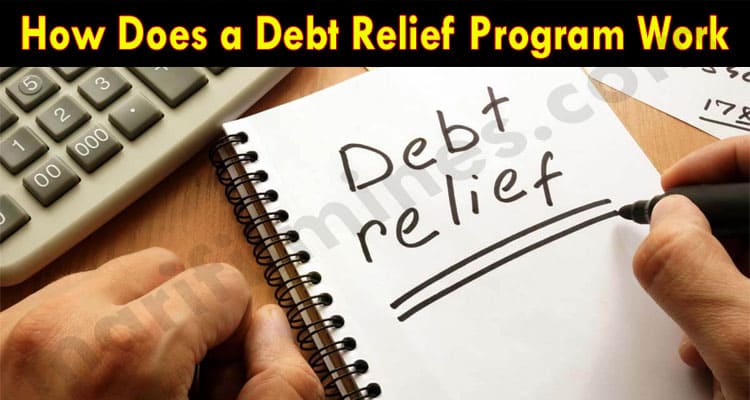How Does a Debt Relief Program Work – An unfortunate side effect of our consumer-oriented society is enduring debt that can be catastrophic to ordinary life. Some businesses offer debt relief programs that help financially overextended individuals recover from their debt.
Debt relief isn’t a one-size-fits-all endeavor though. Recipients vary widely from multimillion-dollar companies to individuals with too much medical debt. In many cases, a debt relief program is a last-ditch effort to avoid bankruptcy, or what could be called legally defined debt relief.
Debt Relief Encompasses Many Different Debt Solutions
Perhaps the ultimate American legal debt relief program is bankruptcy. Indeed, there is a broad canon of U.S, bankruptcy laws. Bankruptcy as a matter of U.S. law can be dramatic for individual debtors, and the consequence can be rather severe. So before going that route, it’s a good idea to consider one of the many forms debt relief takes
These include:
- Debt consolidation
- Credit counseling
- Debt negotiation/settlement
Remember, debt relief programs help people manage debt, which in turn educates them about good spending habits while using credit.
Not all debt qualifies for all debt relief programs. Generally speaking, only unsecured debt can be negotiated or settled. This type of debt has no tangible asset that can be turned over in case of non-payment. If you’re unsure where you stand, it’s a good idea to call an expert who can tell you more about your type of debt and how debt relief programs work.
Elements of a Debt Relief Program
- The main element of a debt relief program is the amount someone owes the creditor. Sometimes the amount can be staggering, particularly if the credit account has high interest rates. It isn’t uncommon to see accumulated interest outpace principal balance.
- Direct negotiation can be intimidating to some credit card account holders. Importantly, debt relief help programs use skilled negotiators to settle debt disputes without getting the courts involved. These negotiators work with creditors for a common goal of getting at least something out of the debtor. This “attract more debtors with honey than vinegar” approach helps keep people from declaring bankruptcy.
- Those who use a debt relief program will typically have 24 to 48 months to finish the program. The time it takes to complete the program comes from client needs. Therefore, program length varies per clients’ needs.
- There will be a fee. Federal law requires debt relief programs can only collect fees once the debt relief program starts. Keep in mind, a debt relief program only starts when all parties agree to it.
The federal government and everyone involved in these programs want nothing more than to help clients out of crushing debt. Consequently, a debt relief program is customizable so that debtors follow them with minor financial hardship.
Customization should not be mistaken for easy however. Completing a debt relief program takes commitment. Sometimes this commitment can last four or more years. This prolonged commitment can lead to a better understanding of how credit can work for you.
A debt relief program helps consumers with credit payments they have difficulty paying. These programs should not be taken lightly. Debt relief program participation requires commitment from clients who are willing to make at least 24 consecutive payments on time.
Debt relief programs have built-in program fees that are only paid to the program’s facilitators if there is a settlement. This means that once the settled debt is paid off, the debt is paid in full and you can continue using good spending habits to rebuild your credit standing.
Also Read – Is Alumni Solutions Scam {Jun} Read About The Scam!

